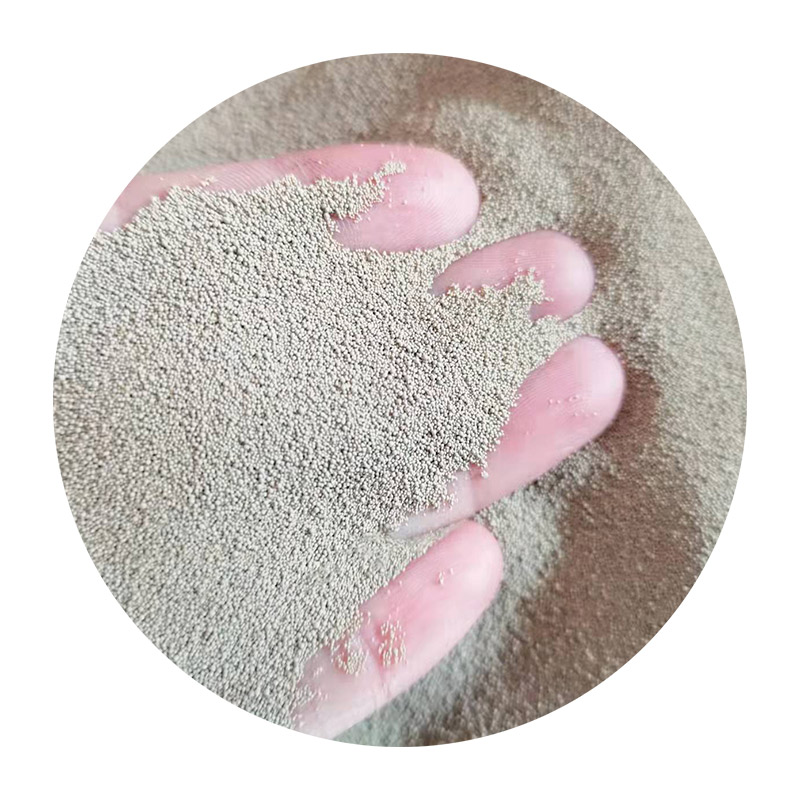Lost foam casting, a technique with roots in both ancient and modern metalworking, has seen increased popularity in various industrial applications due to its precision and efficiency. This method allows accurate replication of complex shapes, making it an ideal choice for both prototype and production runs. In this article, we will explore the process of lost foam casting, its applications, and present some notable examples that highlight its advantages.
The lost foam casting process begins with the creation of a foam pattern, typically made from polystyrene. This foam pattern is an exact replica of the final metal part, including all the intricate details and features. Once the foam pattern is ready, it is coated with a thin layer of sand—either using a dry or a mixture of resin-bound sands. The coating adds strength and stability and ensures a good surface finish. After coating, the assembly of the foam patterns is placed in a mold box, and the sand is compacted around the foam.
.
One of the most prominent examples of lost foam casting can be found in the automotive industry, where it is used to produce engine components such as cylinder heads and manifolds. These components often require intricate designs for optimal performance, and lost foam casting offers a way to achieve these designs with minimal waste. Using this method, manufacturers can create lightweight, high-strength components that meet strict regulatory standards while reducing the environmental impact.
lost foam casting examples

Another notable application of lost foam casting is in the aerospace sector. The technique's ability to create complex geometries is advantageous for producing parts like turbine blades and other critical components that must withstand extreme conditions. The precise nature of this method allows engineers to optimize the design of these parts, improving performance while ensuring safety and reliability.
Furthermore, lost foam casting is also gaining traction in the production of art and architectural pieces. Artists and designers can utilize this method to create intricate sculptures and installations that might be challenging to produce through traditional means. The flexibility in design and the ability to replicate fine details make lost foam casting an attractive option for creative professionals looking to push the boundaries of their craftsmanship.
The flexibility and efficiency of lost foam casting provide substantial benefits across various industries. With its ability to produce high-quality, complex parts while minimizing material waste, this method is set to remain a valuable technique in manufacturing. As industries continue to evolve and demand increasingly intricate designs for various applications, lost foam casting will undoubtedly find its place as a go-to solution for precision casting needs, showcasing its versatility and effectiveness in modern engineering.
In summary, lost foam casting is a remarkable technique that combines innovation with traditional casting methods. Its efficiency, coupled with its ability to produce complex shapes, makes it a valuable asset in different fields such as automotive, aerospace, and art. With ongoing advancements in materials and technology, the possibilities for lost foam casting are limitless, suggesting a bright future for this method in the manufacturing world.
Post time:Aug . 01, 2024 00:51
Next:Discovering the Secrets Behind Golden Sanda Techniques for Optimal Performance and Training Success
